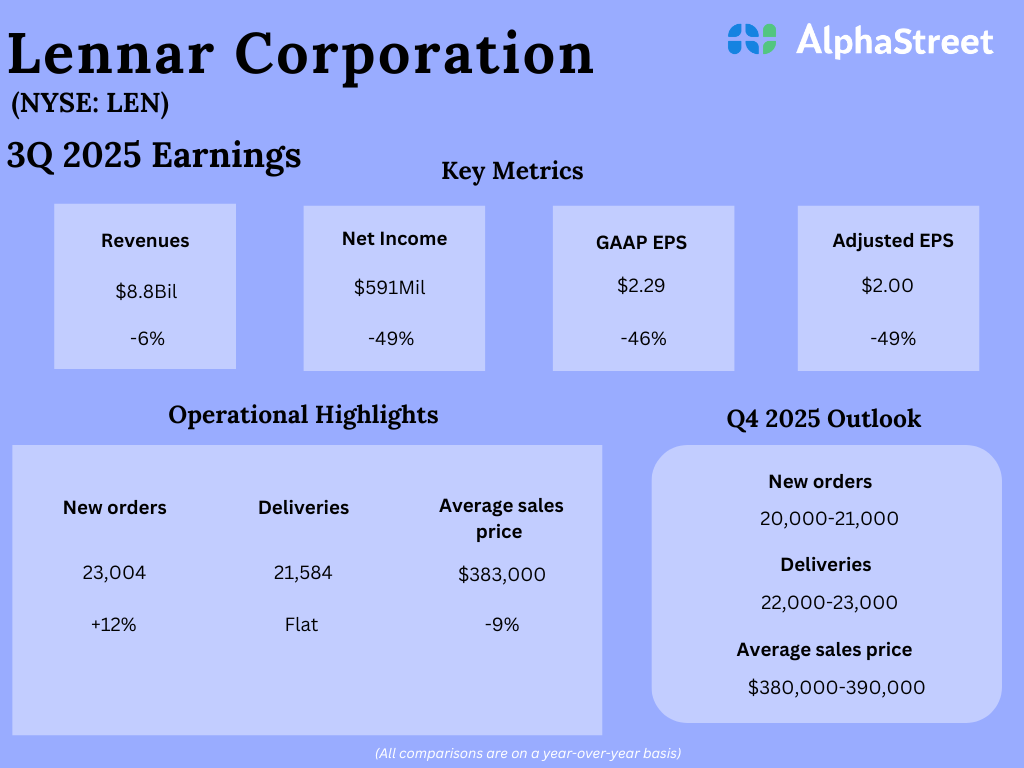Congress has hit another deadlock. Democrats and Republicans failed to pass a stopgap funding bill, pushing the government to the brink of a shutdown as the new fiscal year begins on October 1. While political gridlock isn’t new, the fallout can be serious, especially for seniors. This article breaks down what a shutdown really means for older Americans, which programs could be paused, and how it might hit your wallet.
Social Security, Medicare, and Medicaid
Social security is funded through a measure in the Social Security Act that provides permanent and indefinite appropriations. That means Congress is bound to fund the program without a dollar amount or time restrictions.
Medicare and Medicaid have the funds to operate without disruption through the first quarter of 2026, according to the Department of Health and Human Services. However, some services may be slowed due to staffing shortages resulting from the shutdown.
Health and Human Services May be Impacted
Although Medicare and Medicaid should be safe for now, some related programs will be impacted in various ways. These include programs operated by the following federal agencies:
Centers for Medicare and Medicaid Services (CMS)
Federal Drug Administration (FDA)
National Institute of Health (NIH)
Centers for Disease Control and Prevention (CDC)
Flu Shot and Monitoring
Flu shots are still available for seniors during the government shutdown. You can get your shots at pharmacies, physicians’ offices, or clinics. The CDC recommends that everyone over six months old get a flu vaccine. It is also recommended that seniors get the Respiratory syncytial virus (RSV) vaccines and the updated COVID-19 vaccine.
October is generally considered the beginning of Fall, and that means we are in flu season. Each year, the CDC launches its seasonal influenza program. The shutdown will impact aspects of that program. Most notably, outbreak detection and tracking across state lines will be curtailed or stopped.
ACA and the Shutdown
Seniors and others not covered by insurance are supposed to begin signing up for coverage under the Affordable Care Act (ACA) on November 1. That process will continue. However, without renewal of government subsidies, annual premiums are expected to double. That could make coverage unaffordable for many.
KFF research found that ACA premiums would increase 114% from $888 to $1,904 next year without extending subsidies.
Currently, 22 million people are enrolled in ACA coverage.
The ACA and its continued funding are a focal point of the impasse between Democrats and Republicans in Washington. Each party offered its own stopgap spending proposals in a Sept. 30 session that lasted into the evening. In turn, each party voted down the other’s legislation.
Democrats want to reverse Medicaid and ACA cuts in President Trump’s One Big Beautiful Bill (OBBB) on spending. Republicans opposed the restoration of such funding, citing cost.
The OBBB is estimated to add $3.4 trillion to the deficit through 2034, according to the Congressional Budget Office.
Hospital-at-Home Care and Telemedicine Funding Cut
Seniors receiving hospital-level home healthcare have lost this treatment and are being required to be admitted to a hospital. Additionally, some seniors lose access to telehealth services.
Kyle Zebley, senior vice president, public policy at the American Telemedicine Association (ATA), detailed the effects of a shutdown on patients, physicians, and hospitals.
“Medicare beneficiaries will no longer have telehealth visits reimbursed, and critical programs like the Acute Hospital Care at Home program could face major disruption. We will basically revert back to pre-pandemic restrictions, severely limiting access to urgently needed telehealth services,” said Zebley last week. “Hospitals and clinicians will struggle to sustain telehealth-based care if reimbursement disappears. It’s untenable.”
Overall Economic Impact
Even a short shutdown will have a significant impact on certain programs, such as telehealth and Acute Hospital Care at Home. Not only will patient care in those programs be disrupted, but hospitals are facing an increased burden in admitting patients who had been cared for at home.
However, the overall effect of a government shutdown on the economy will increase over time. A CBO study of December 2018 to January 2019 estimated the economy lost $3 billion and cut GDP .02%.
The shutdown may even have an impact on interest rates. The Federal Reserve Bank factors in job figures in deciding interest rates. Although Friday’s scheduled jobs report will not be issued. Likewise, if the shutdown continues, mid-October’s inflation numbers will not be published.
Mid-October is also when the Social Security Cost-of-Living Adjustment (COLA) is published. Therefore, an extended shutdown could delay the announcement of the COLA adjustment. The numbers determining COLA come from the Consumer Price Index (CPI) published by the Bureau of Labor Statistics (BLS). The agency says the CPI “will likely be delayed if the lapse is prolonged.”
Other Considerations
Fall is one of the busiest travel seasons, and while airports will remain open, the shutdown could make flying far more frustrating. Air traffic controllers and TSA agents are deemed essential, which means they’ll keep working, but without pay, raising the risk of delays and strained service. The same goes for law enforcement and military personnel, who will still be on duty despite the political gridlock. In short, daily life won’t grind to a halt, but the cracks in the system will be more visible than ever.
Are you worried about how the government shutdown will impact your day-to-day life? Let us know your concerns in the comments below.
You May Also Like:
Longevity: Where The Science Is Headed
Where Tariff Price Hikes Will Hit Your Wallet First
New Study Show Vaccine May Reduce Risk Of Developing Dementia
Trump Medicaid Cuts Hurting Rural Supporters
Are SSI Cuts for Living With Family the Next Big Retirement Risk?
























